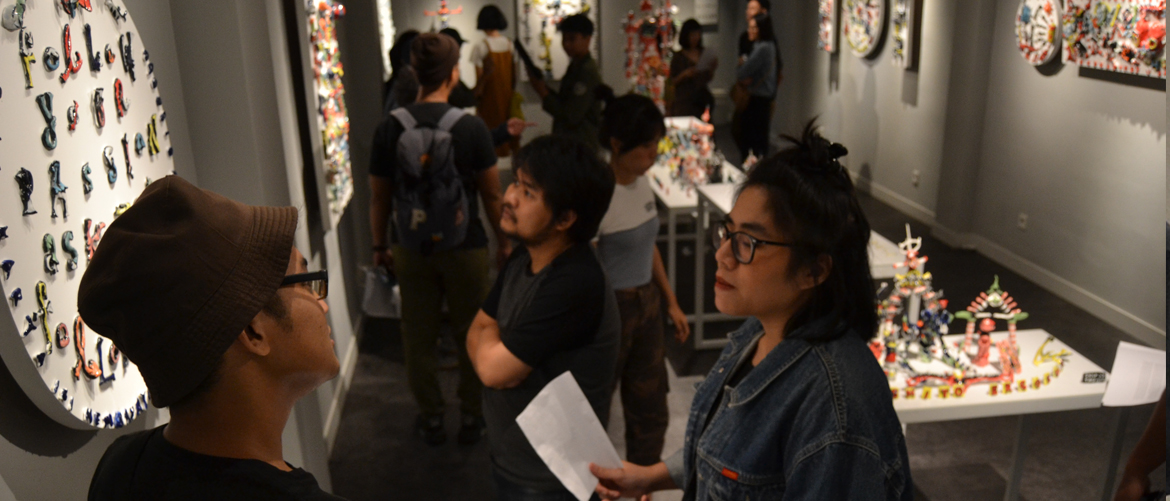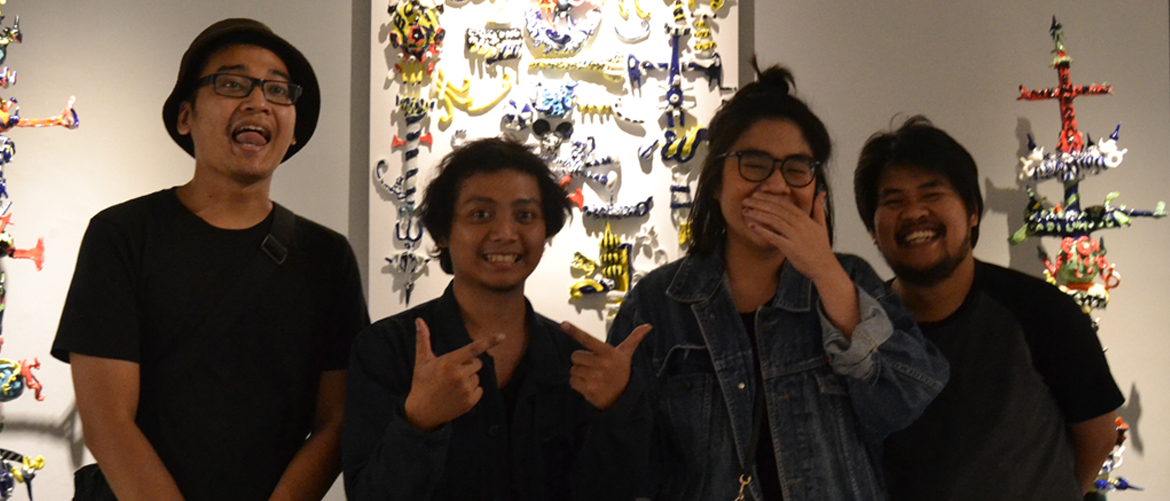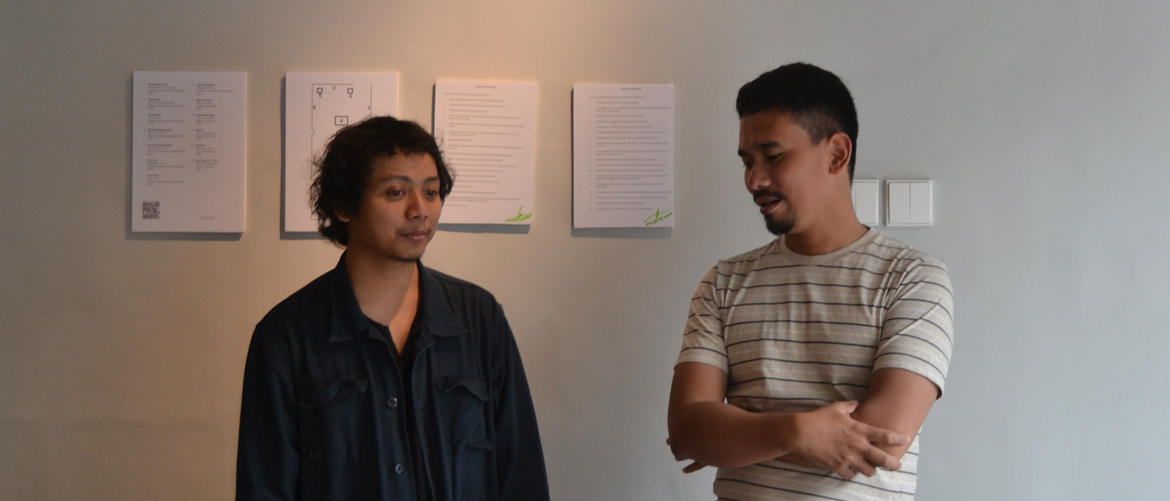







SOCIAL MEDIA NARCISSISM: THE EFFORT TO BE PERFECT
Indonesians are social, especially considering how connected we are on the internet and social media. A survey conducted by Indonesian Association of Internet Service Provider (Asosiasi Penyelenggara Jasa Internet Indonesia) found that 171,17 million people or 64,8% of Indonesian population are internet users (55% of which are living on the island of Java). Indeed, not all internet users are on social media, and yet, UNESCO states that 4 in 10 Indonesian participate actively on the platform whereas Wearesosial Hootsuite (published in Jan 2019) predicts that 150 million Indonesians (that is 56% of Indonesian population) are social media users.
Inadvertently, the trend well influences our psychology and day-to-day life; our image has evolved to be a big contributor to the decisions we will make, the chances we will take. Social media champions newness, generating societal pressure which increases the users’ self-consciousness. The challenge these days are not only to worry about people’s perception of us but also on how they will see us through our online profiles. Unsurprisingly, perfection is something a lot of social media users strive for in their virtual lives.
The concern can be more damaging as social media users start to exhibit addiction-like attitudes. Much like Narcissus from Greek mythology who is infatuated by his reflection, social media addicts are trapped in the constant effort to perfect their online image. Social media is providing narcissistic individuals with the validation they crave in life. These individuals tend to put themselves on the pedestal and social media provides them the platform to affirm their inflated sense of self. In effect, narcissistic individuals are less likely to self-reflect, obscuring their awareness of their flaws.
On the other side of the spectrum, social media is equally damaging to individuals with low self-esteem. Their inability to match the virtual glitz and glam can instigate the feeling of detachment as they constantly compare themselves to others. Low self-esteemed addicts who deify online image can feel unaccomplished as they fail to match others’ exciting virtual lives, further exacerbating their low self-confidence.
So what can we do to balance the extreme? Social media makes communication easier, and communication is arguably one of mankind’s basic link to each other as human beings. Its popularity is undeniable and inevitable. Nevertheless, not everything society puts on social media is all there is to appreciate lives. Imperfect things and flaws can also be appreciated. This message is well shared by Argya Dhyaksa through his artworks.
ARGYA DHYAKSA’S IMPERFECT ARTWORKS
“Perfection not the Cause of Beauty”
-Edmund Burke
In the 18th century, beauty was dominantly discussed as part of modern aesthetics. Edmund Burke (1729-1797) offered an alternative idea on beauty; how it is not generated from rational sizing or the right proportion, nor is it linked to perfection. Beautiful things according to Burke should trigger something in us that moves us. Art these days may not be limited to beautiful things, and yet, an artwork’s perfection remains a pivotal part of its viewers’ appreciation.
The search for perfectionism can well prevent us from seeing the beauty around us. Imperfect things are often described as unnatural, unruly, incomplete or even imbalanced. Furthermore, restored and bruised pieces are also not usually considered beautiful. And yet, think about ancient historical ruins, ‘scratching’ sound in hip hop, and Tosakin goldfish’s morphological deformity; all beautiful in their own ways, even with their flaws. Our ability to appreciate beauty is not confined to how perfect it is. Much like how we visit ancient historical ruins, enjoy listening to hip hop or even appreciate the elegance of Tosakin goldfish’s inadequacies, our aesthetic sensibilities are complexly influenced beyond symmetry and order.
This idea of imperfection was also deeply explored in the Japanese aesthetic of wabi-sabi. The wabi aesthetic brings disorder, rough surface, asymmetry and chipped ceramic objects into the 16th century tea ceremony practice, juxtaposing its luxe feel. Chipped ceramic objects symbolize Buddha’s teaching on imperfection and worldly indulgence; on how to make peace with lives’ inadequacies and in turn, appreciate the beauty in the ephemerality of life. Wabi is about appreciating wilted cherry blossoms and patina (rust) on metal surfaces.
Argya Dhyaksa’ imperfect ceramic artworks can be seen on pedestals and walls in this solo exhibition; uncoordinated, messy and disproportionate with traces of restoration. Their loud colors are rather joyful, and not really of wabi nature, though a deeper look will find irregularities to be the common link between the two. Through his artworks, Argya rebukes the search of perfect forms as the way to do art. Or at least, that is not how Argya does art.
In a way, Argya’s works are naïve and immature; childlike and colorful; fun and youthful. Shapes found in the artworks well remind us of children’s toys and popular cultural figures. The idea is somewhat opposing of wabi emphasis on aging; when perfection has left the scene. Argya’s depicted imperfections are much similar to immature youths with childish characters. Should one associate maturity with perfection, Argya’s works are best described to not be perfect, yet. Wabi aesthetic invites society to accept the mortality and momentary nature of perfection whereas Argya’s works emphasize their current immature imperfection.
The creation process itself embodies Argya’s ideas of imperfection. Unlike paintings or photos that can be completed in one sitting, ceramics must be processed in stages to reach their complete states. As the clays were molded, the artist would then burn them off to complete their works. And yet, most would find some of their works would break, yielding their shape to the flame. Despite their cracks, Argya seems them not as failures, rather an opportunity to innovate, to make something beautiful out of the imperfect ruins.
Argya’s take on creating his artwork can be a good reflection for narcissistic Indonesian youths who are living their lives through social media. Argya’s technique reminds us that imperfection should be accepted as part of every man’s lives; its presence does not equate to failures nor should it be denied or avoided. Through this exhibition, Argya invites audiences to make peace with our flaws, as he appreciates and proudly showcases his imperfect artworks.
Doni Ahmad
Media partners:
![]()
PROGRAM: Argya Dhyaksa’s Solo Exhibition
CURATOR: Doni Ahmad
DATE: 24.08.19 – 15.09.19
VENUE: Ruang Dua Sembilan
ADDRESS: Jl. Mandala Utara No. 29A, Tomang, Jakarta 11440

